KATHMANDU: Locals have staged a protest against China at Tatopani checkpoint in Sindhupalchowk district bordering China saying that China has imposed an ‘undeclared blockade’, hitting their lives hard.
Local resorted to protest saying that China has closed the border point unilaterally although the checkpoint is said to be open officially.
Hundreds of locals demonstrated carrying placards with messages— why the checkpoint has not resumed smooth operation, end the undeclared blockade, guarantee security to the bordering people, ensure the livelihood of the workers, and provide an environment for traders to bring their stranded goods.
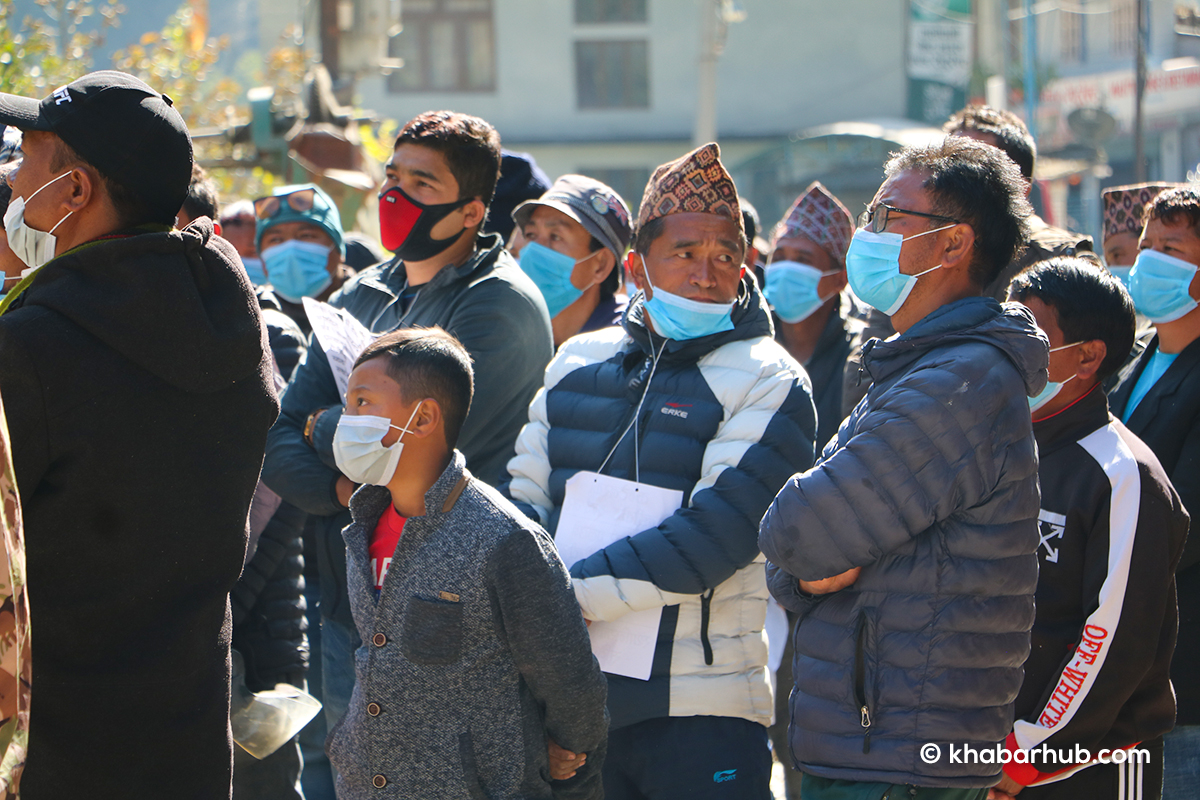
They also chanted slogans against the monopoly of Silk Transport. A large group of locals had reached the checkpoint through a motorcycle rally for about two kilometers and held a corner assembly.
Dorje Lama, District President of Tarun Dal, a sister organization of the Nepali Congress, said that the locals and businessmen who were in trouble due to the undeclared blockade by China were forced to join the protest.
“Even though neighboring China has said that the border is open, it does not look like that in practice. Even though the checkpoint is said to be open, the undeclared blockade is still in place. Traders and workers have lost their livelihood,” he said.
VIDEO:
Arjun Sapkota, President of the Truck Container Entrepreneurs’ Association of Sindhupalchowk, said that other truck container traders were hit-hard due to the monopoly of Silk Transport.
“Even a small quantity of goods arriving from China is being unilaterally transported by Silk Transport. It has caused problems for traders that are in the businesses for years,” Sapkota said.
Not only truck and container entrepreneurs and traders but also more than 5,000 workers have lost their livelihood due to the undeclared blockade by China.
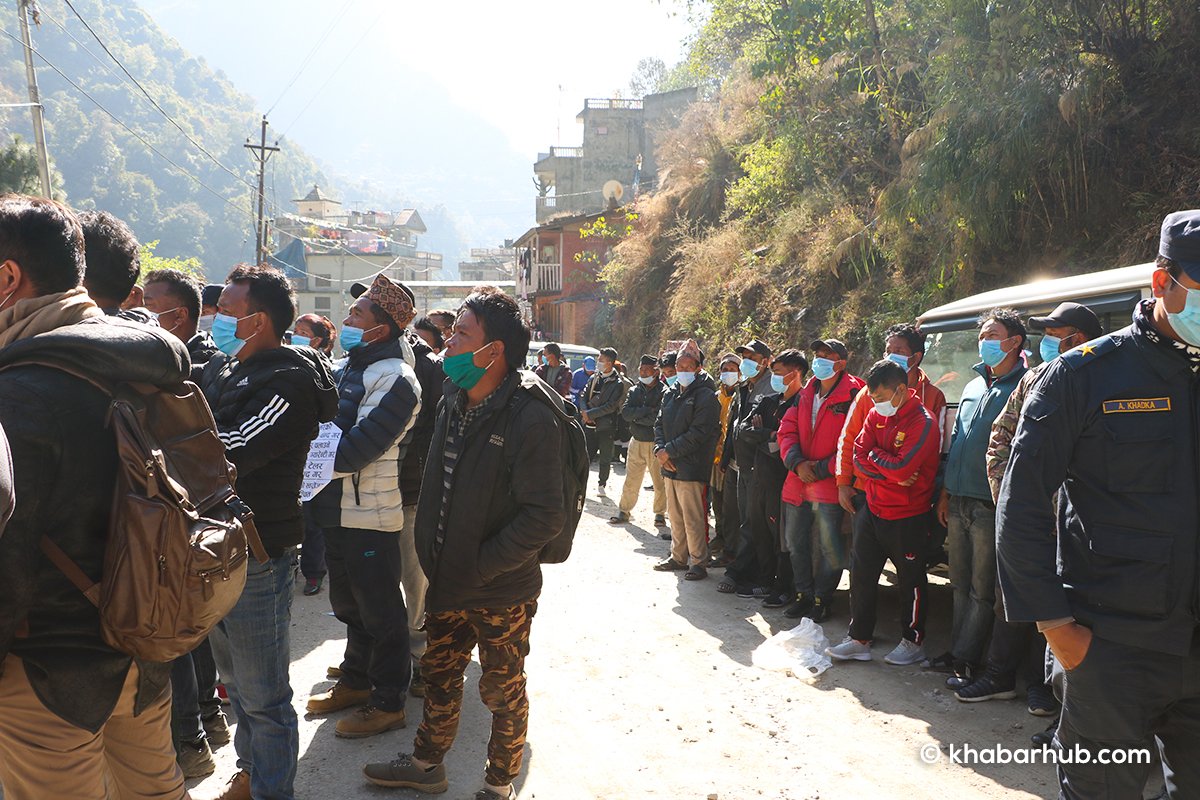
“Nepali businessmen and workers have been affected as the Chinese side is not sending enough goods. Now, the checkpoint should be resumed full-fledged,” Durga Bahadur Shrestha, President of the Sindhupalchowk Workers’ Union said.
The Tatopani border point in Sindhupalchowk district, which was the major entry point until the devastating earthquake of 2015, is currently in disrepair.
Despite the official announcement of the opening of the border point, it seems to have come to a standstill due to insufficient supplies from China.
Officials say the Chinese side has not allowed people to enter saying that their preparations were not complete.
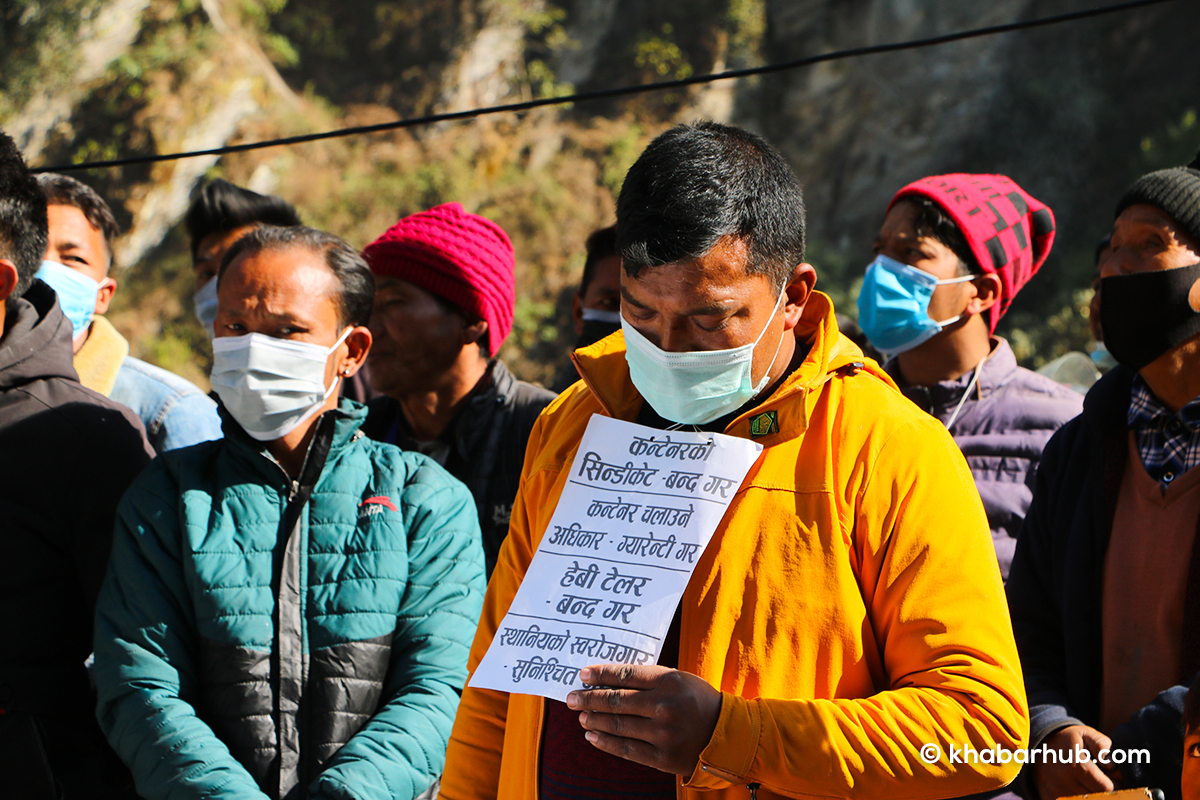
The checkpoint shut down after the 2015 Earthquake was reopened on May 29, 2019, more than four years long diplomatic efforts.
It was closed again on January 27 this year. The checkpoint was opened unilaterally on April 9.
But before it could come into normal operation, citing the explosion of Chinese glacial lake it was closed again in the third week of June. After that, the checkpoint was reopened on October 16, but this time too, it did not go ahead much long as it got closed immediately citing a staff tested coronavirus positive.
After persistent efforts, the checkpoint has been open again since October 29 but the transaction from there is almost to nothing.
Hardly, 8 to 10 containers enter Nepal daily from the two checkpoints.
It should be recalled that a transit agreement was signed between Nepal and China on March 21, 2016.
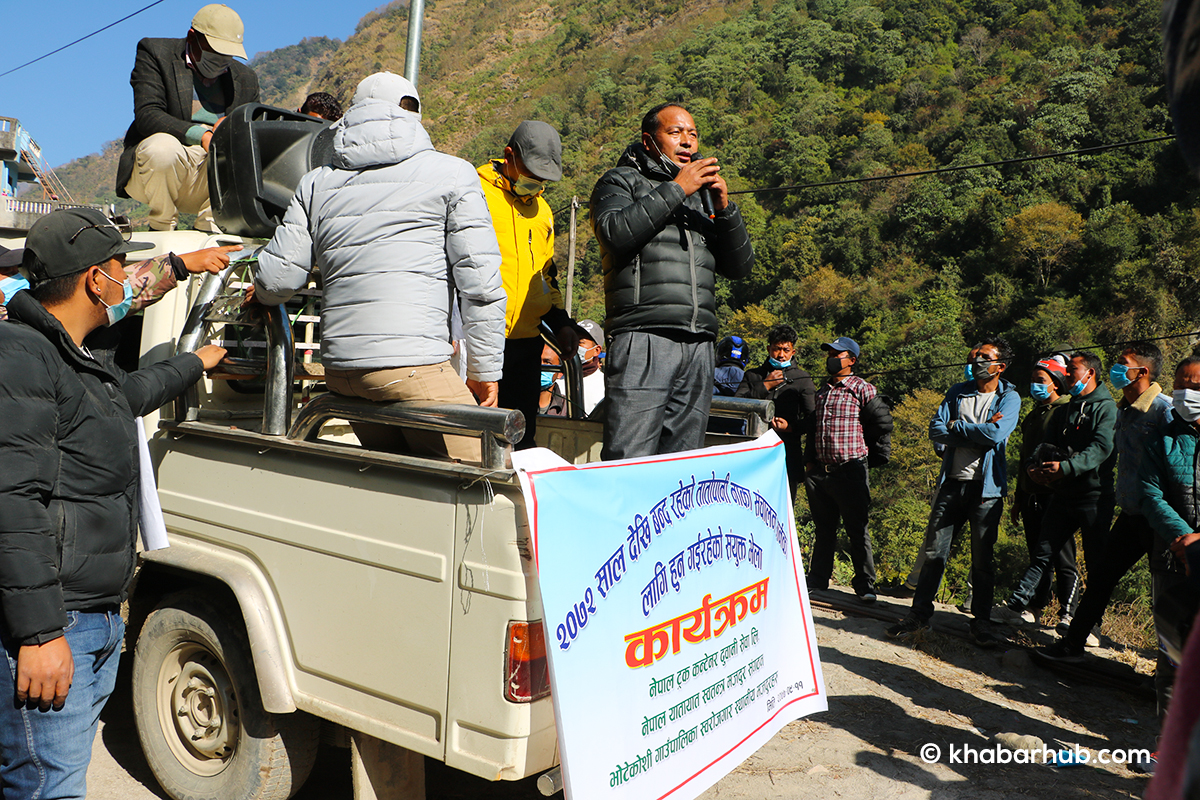
Nepal was then expected to be able to exercise its right of transit through Chinese territory and help increase Nepal’s exports.
Meanwhile, the transit protocol was signed on April 29, 2019, during President Bidhya Devi Bhandari’s state visit to China to implement the agreement.
As mentioned in Article 15 of the Protocol, the agreement had to be implemented exactly one month after each country informed the other for its enforcement.
According to the exchange of information on internal preparations, even though China provided the information with some delay, even though the protocol has to be implemented from February 1 this year, Nepal has not been able to reap the benefits so far.
China had, according to the protocol, allowed Nepal to use four open seaports and three open dry ports.
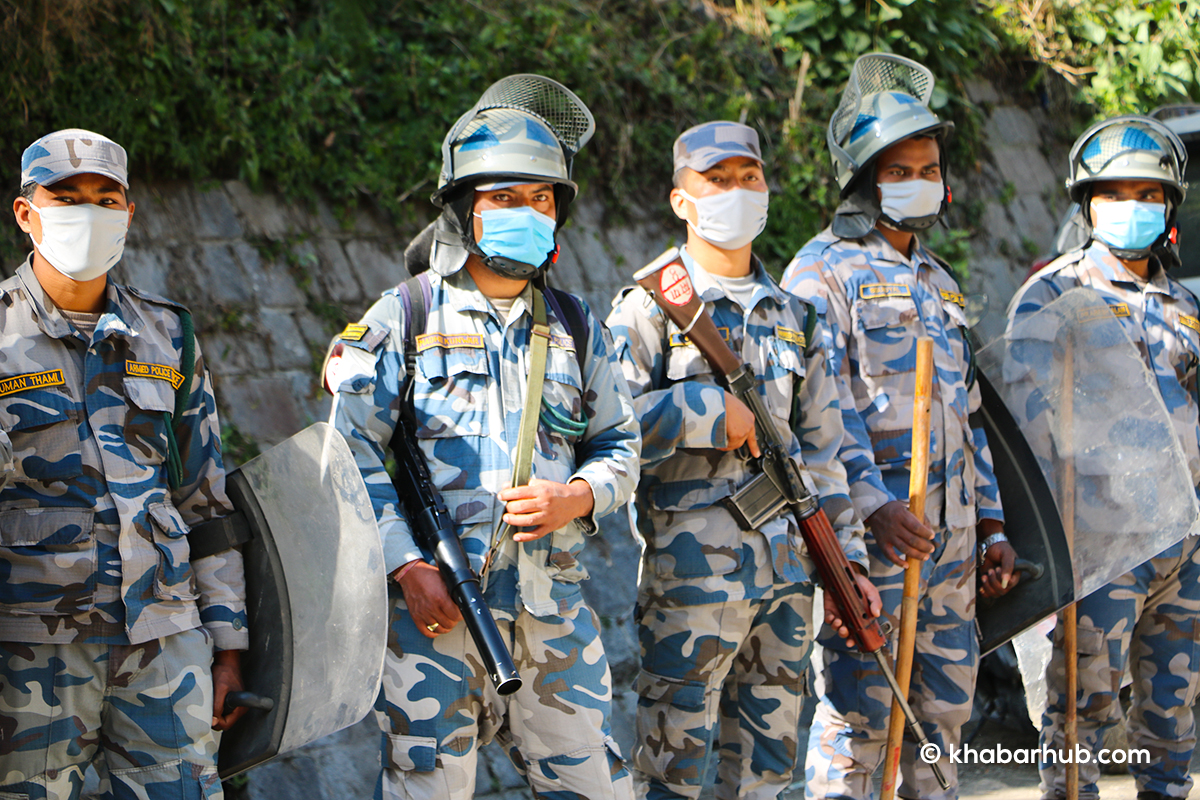
The seaports approved by Nepal are Shenzhen, Tianjin, Zhanjiang and Lianyungang, while the dry ports are Lhasa, Lanzhou and Shigatse.
Nepal has six border ports in China for transit. Although Nepal has access to Rasuwa-Jilong, Kodari-Jangmu, Kimathangka-Chhentang, Nechung-Liji, Yari-Pulan and Olangchungola-Riu ports, it has not been formally used.
However, though import and export are done only through Rasuwa and Tatopani checkpoints, it has also been obstructed.
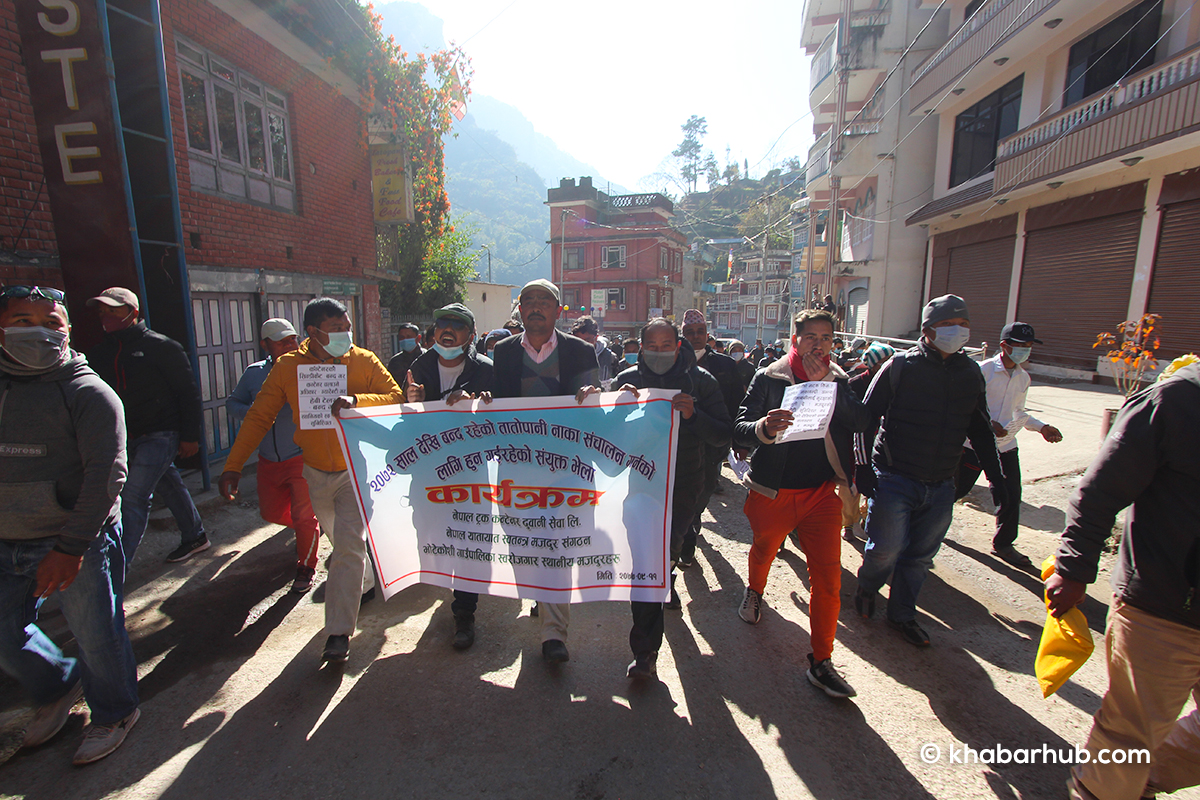
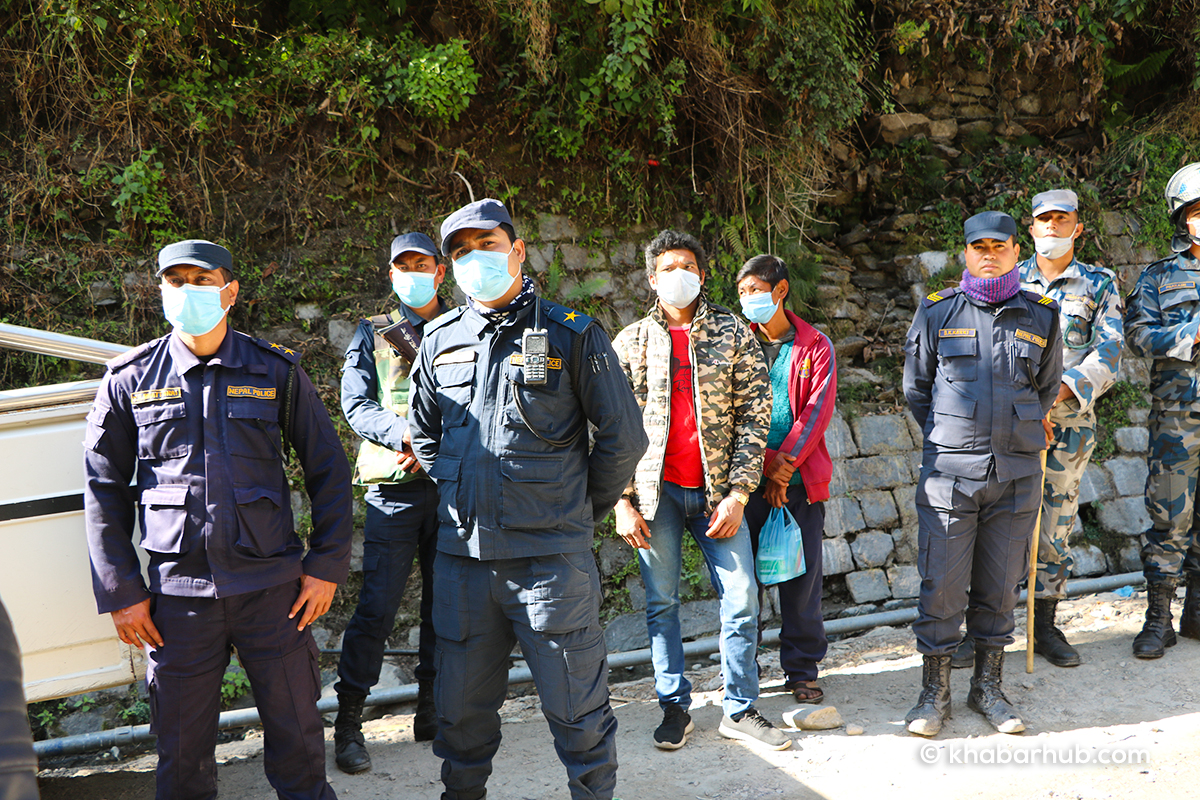
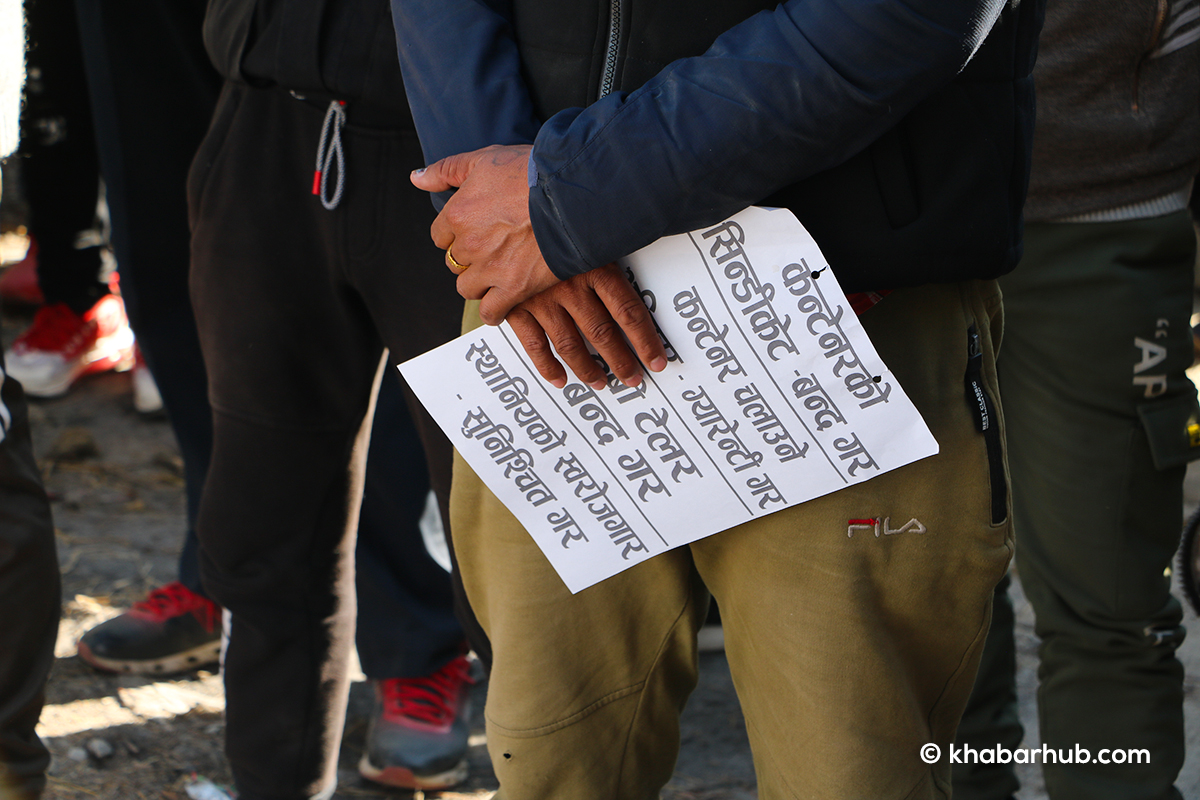
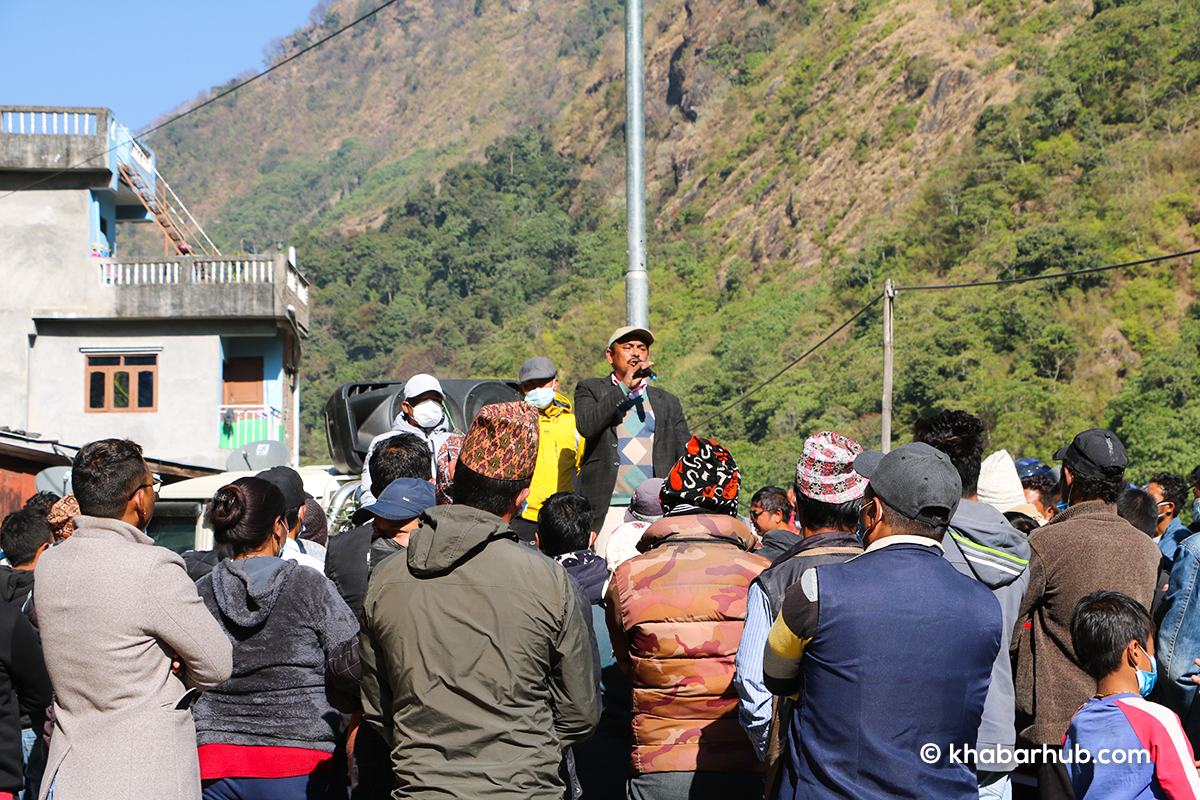
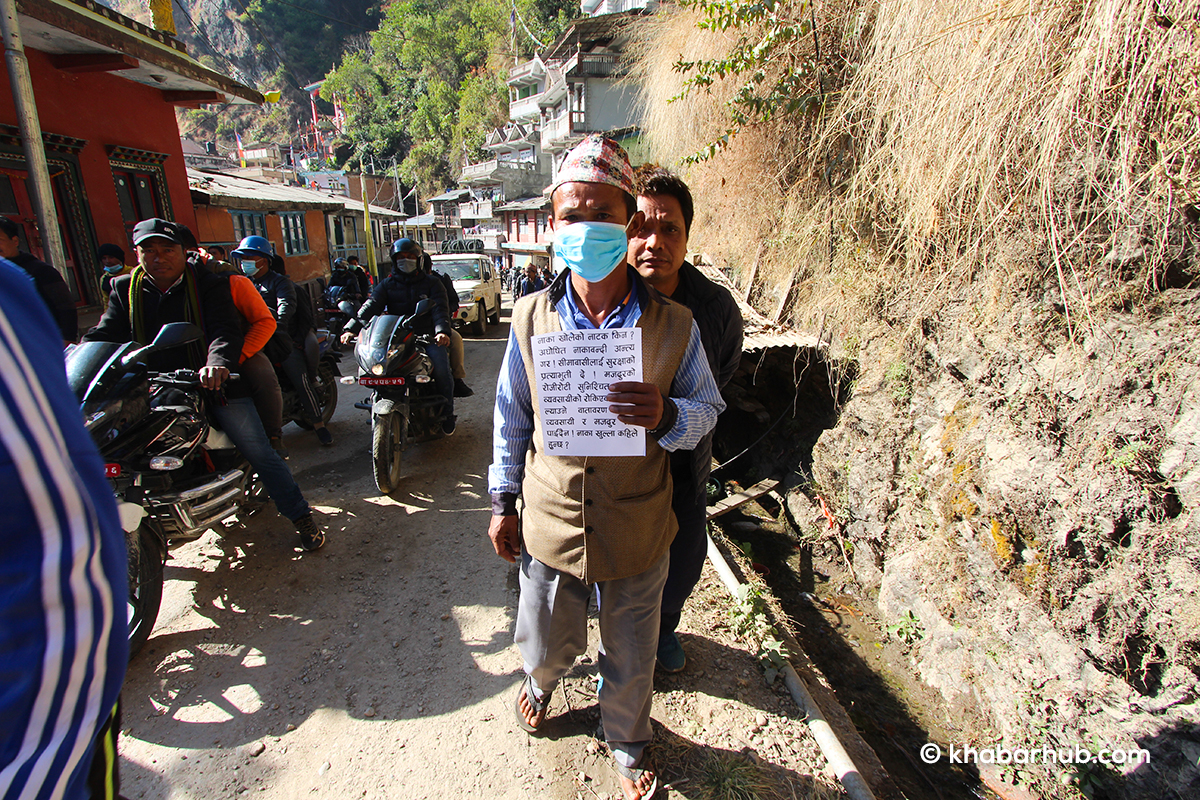
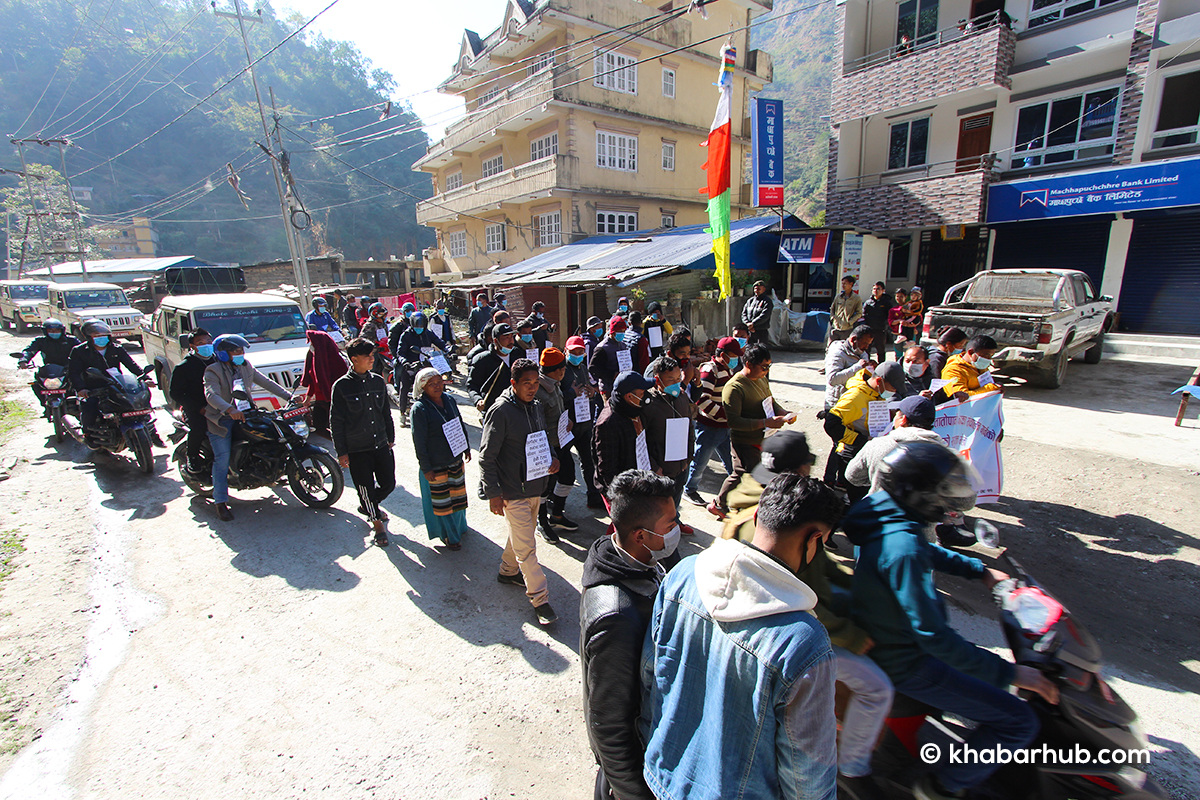
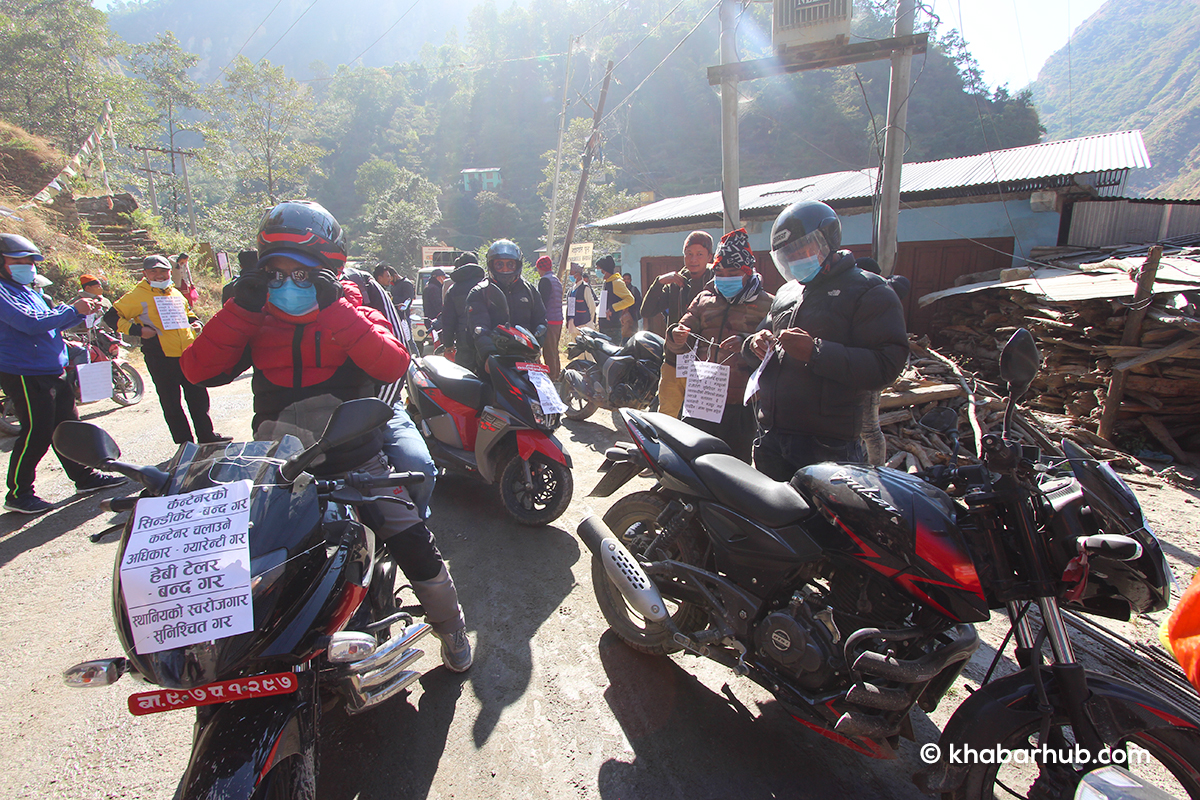
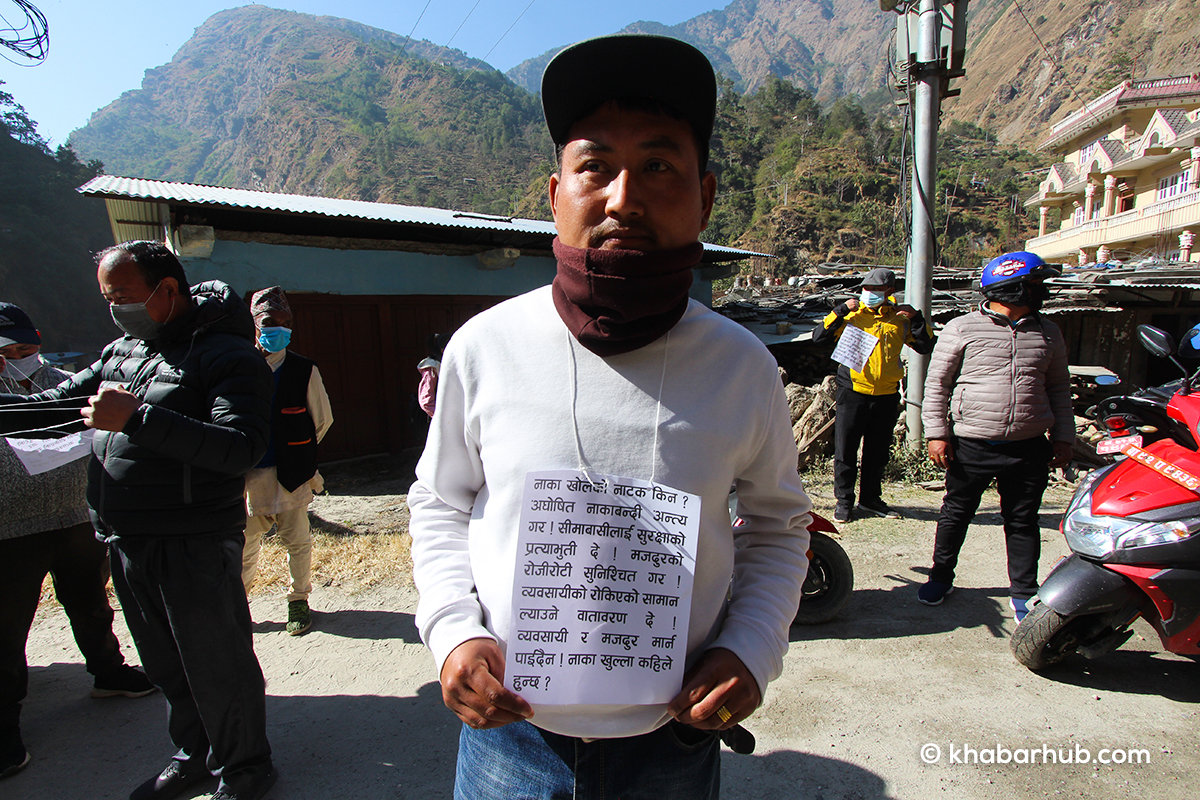
READ ALSO:
China’s announcement of making Nepal a ‘land-linked’ country limited to papers


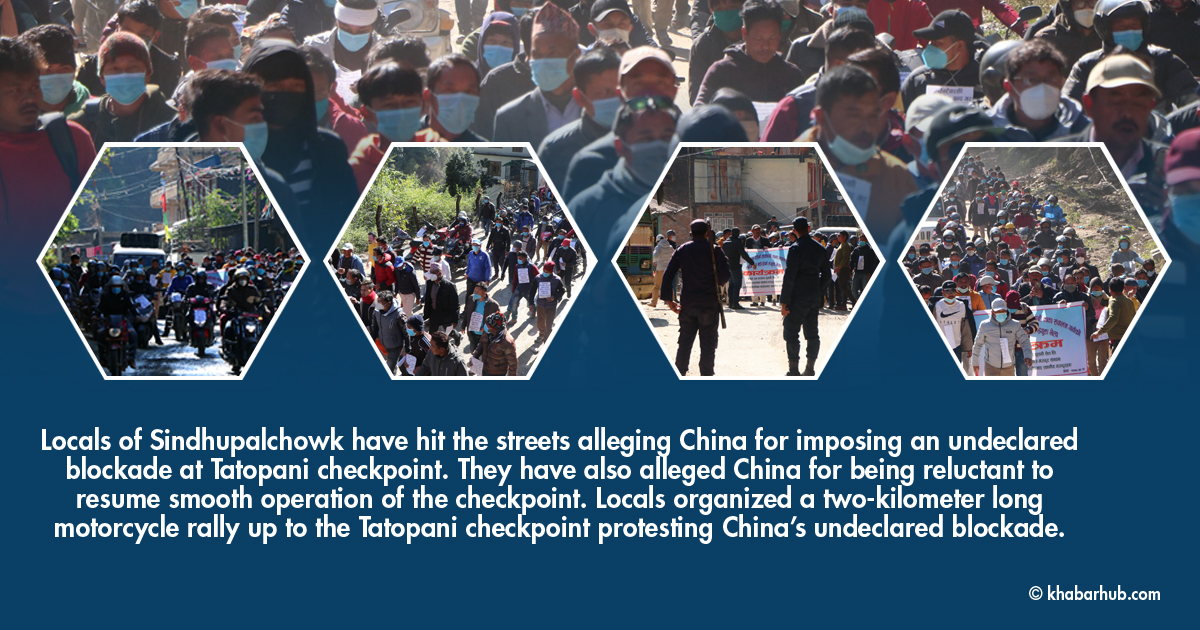

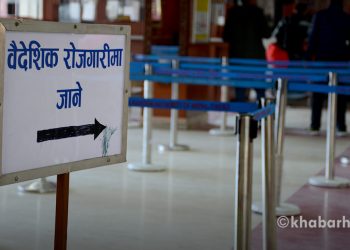

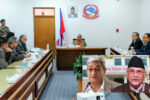


Comment